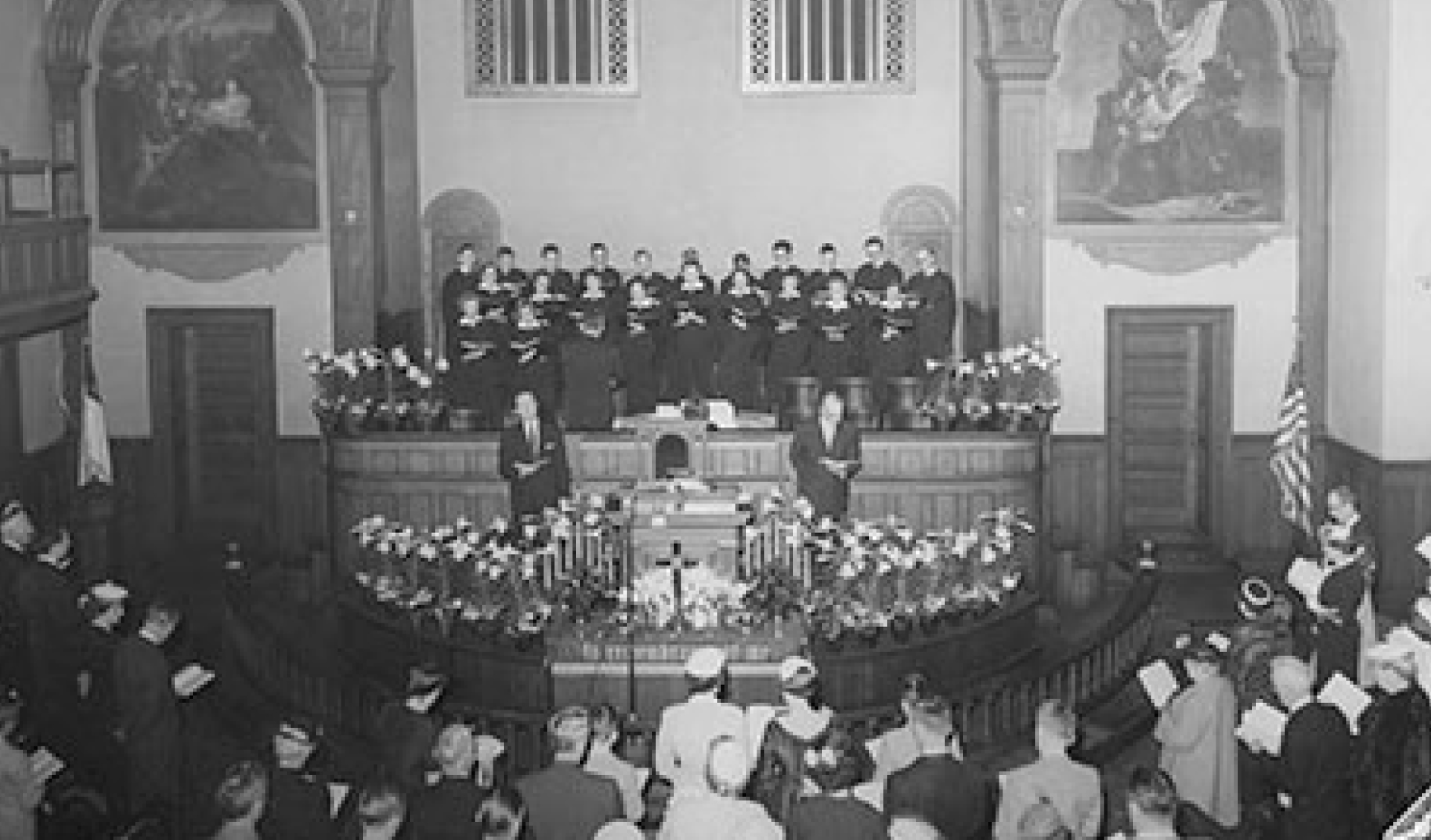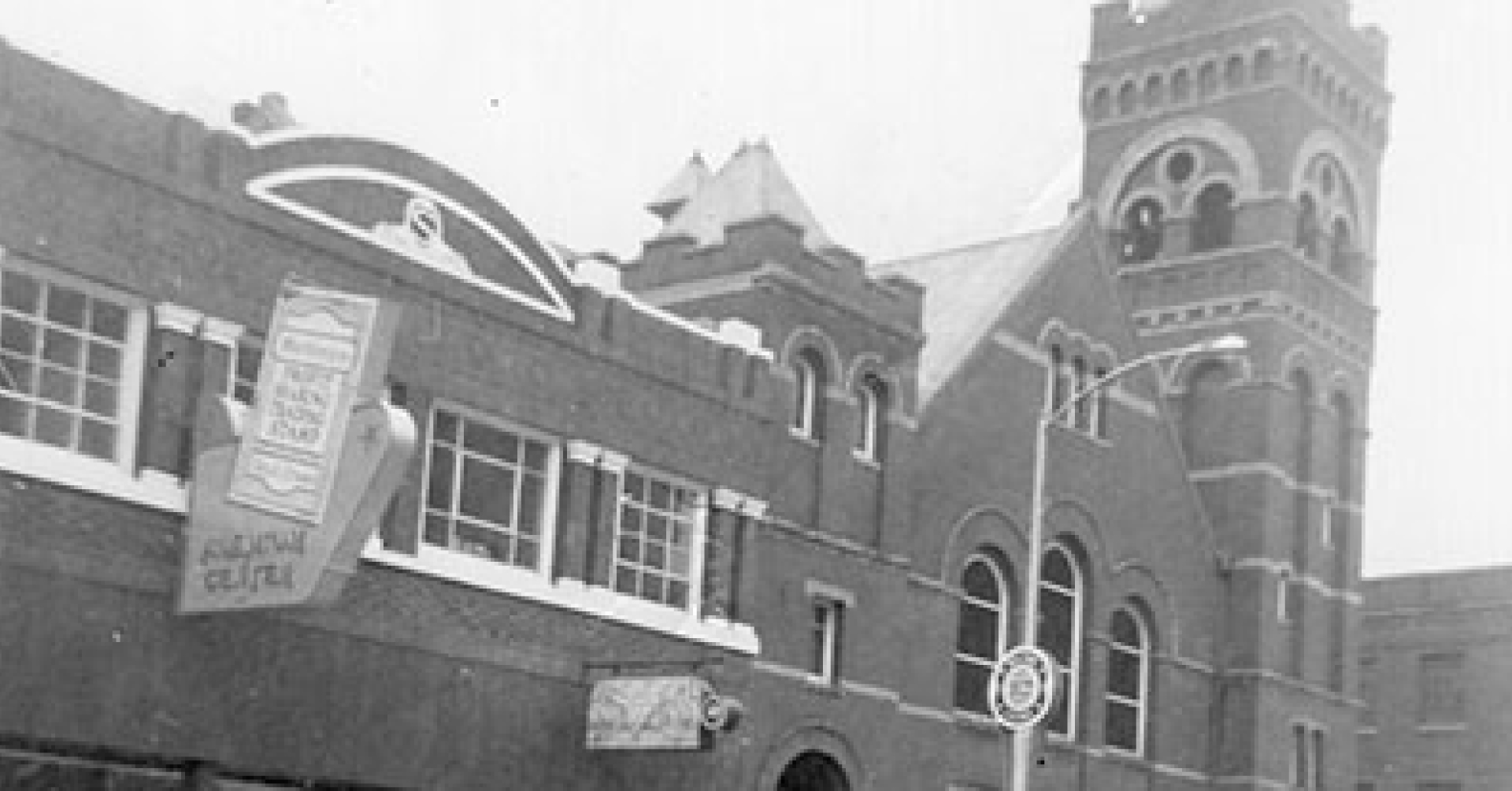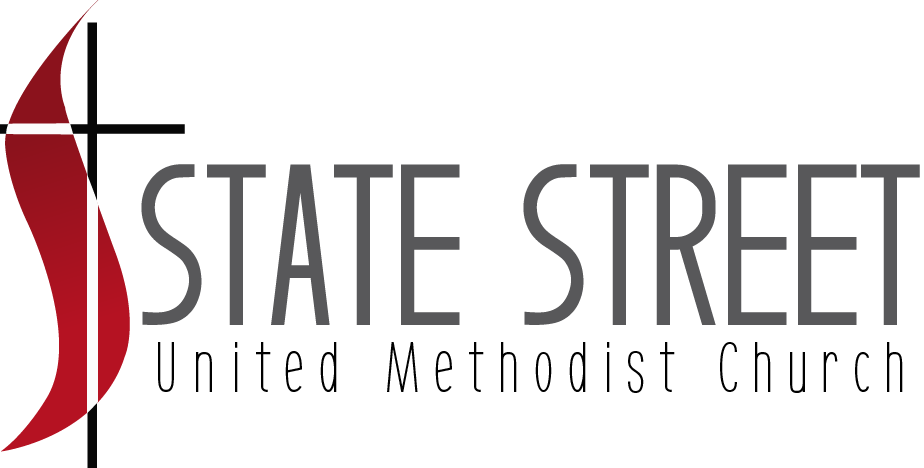ABOUT US
OUR HISTORY
The following information is taken verbatim from the “History of State Street United Methodist Church 1856-1984,” a pamphlet compiled by the Historical Committee of SSUMC for the Methodist Bicentennial 1784-1984. The committee was comprised of Amelia Slack Copenhaver (chairperson), Mary Dean Allen Snodgrass, Beth Drinkard Bibb, and Charles Francis Henritze.
METHODISM COMES TO HOLSTON COUNTRY
In 1773, only 34 years after its birth, Methodism came to the Holston region. Edward Cox, converted by Bishop Asbury in Baltimore, arrived in this region in 1773. He first first lived where Bristol is now located, and later built a log home on the bank of the Holston River just a few miles farther south. As an ardent and influencial layman, Cox conducted religious meetings in his home.

One of the first preachers traveling to this area was Bishop Asbury himself who would often stay in the Cox home. The Bishop noted in his journal that he stayed there in 1788 on his way to Keywood (near Emory, VA) where the first Methodist conference west of the Alleghenies was held. He and Cox remained lifelong friends. In 1960 the Methodist General Conference designated this house as a shrine of Methodism in the United States. The house remains in an excellent state of preservation. In the early days the region was neither a conference nor a circuit. Preachers were simply sent “to Holston.” For eighty years Methodism flourished in this manner.
BRISTOL’S FIRST METHODIST CHURCH
Bristol, Tennessee was incorporated on February 22, 1856, and Goodson, Virginia was incorporated the next month on March 5. The area was beginning to develop rapidly with the building of the railroad.
It was during the Jonesborough conference of 1855 that Bishop Paine “admitted into the Abingdon District, in the Holston Conference, on trial, George W. Miles.” A group of nine men (William F. Butler, Jessee Aydelott, John Fleming, John Moore, Daniel W. Crumley, William W. James, Fleming Crumley, Williams H. Snodgrass, and Hardy Pool) were appointed trustees by the Reverend Miles to secure property for a house of worship in Bristol. In 1855 they purchased a lot from Col. S.E. Goodson for $1.00. This would become the first site of a Methodist church in Bristol, and was located at the northeast corner of the present intersection of Lee and Scott Streets.
In 1856 the home of Jesse Aydelott (southeast corner of Scott and Moore Streets) was designated as a ‘preaching place’ while the church was being built, thus the first formal meetings of the congregation. The first Methodist church was completed in 1858. In Oct, 1864 it was the host for the first Holston Methodist Conference.
MAIN STREET METHODIST CHURCH
The church’s membership grew, and by 1869 was needing to build a larger church. Property was purchased on the corner of Main and James Streets for $250. A handsome brick one-story edifice was completed in 1876 for a cost of $8,000, and was called the Main Street Methodist Church. It contained Bristol’s first pipe organ.

When the new church was completed the African-American members of the church formed their own congregation and established the John Wesley Methodist Church in the original church building on Scott and Lee Streets. The Main Street building was demolished in 1902. The church was renamed State Street Methodist Church.
STATE STREET METHODIST CHURCH
By 1950 the congregation was once again needing a larger facility. A nine-acre tract of land was purchased in the Spring Garden area of Bristol, Virginia for $43,000. The property had served as the home of the president of Sullins College and was destined to become the parsonage. On September 27, 1953 the ground-breaking ceremony was held. The structure was built in three sections: the main sanctuary/narthex/fellowship hall, the educational wing, and the chapel. On Sunday, May 6th, 1956, the congregation celebrated 100 years of Methodist worship in Bristol in their new sanctuary. This building continues to serve the congregation well.
Interesting Information
Over 40,00 cubic yards of dirt were moved to produce the present lay of the grounds.
The building is three hundred feet in length and contains 675,000 cubic feet of space within.
Over 150 tons of structural steel and reinforcing iron were used in the construction.
The educational wing alone is 32,500 square feet.
The steeple is covered with stainless steel and is positioned 142 feet above the ground floor.
The nave measures 54 x 90 feet with the arched ceiling 35 feet high.
All exterior woodwork and windows are made with clear heart redwood.
The bricks are an oversized Charleston Colonial red bricks.
The center section of the glass palladian window is a full-length image of Christ.
The stained glass palladian window in the Sanctuary was designed by the George Payne studios in Paterson, NJ, and assembled in England.
The two side sections of the glass palladian window have eight symbols representing eight of the Beatitudes found in the Sermon on the Mount.
The chapel was built to use the six stained glass windows in the former church.
The main floor of the nave will seat 728, and the balcony another 195.
The organ from the older church was restored for use in the sanctuary. A harp section was also added.
The 32-rank Schantz organ was installed and dedicated on March 2, 1980.
The cost of the initial building was $600,000, not including land.
A children’s wing was added at a cost of $115,000.
Air conditioning was added on August 30, 1983.
The church was host to the Holston Methodist conferences of 1958 and 1962.

ABOUT US
OUR BELIEFS
Like any other denomination, we United Methodists and our neighbors in the theological tradition of John Wesley, have some distinctive nuances and emphases. Read below the foundational beliefs of State Street United Methodist Church which are similar to almost every other Christian communion or denomination.
We believe in God, revealed through scripture as the trinity—Father, Son, and Holy Spirit—three in one.
We believe that all people are sinful and in need of forgiveness, redemption, and salvation through Jesus Christ.
We believe that we experience this salvation by grace through faith.
We believe that we experience God’s love through the activity of the Holy Spirit, both in our personal lives and in the life of our faith community.
We believe that believers will share in Jesus Christ’s resurrection and be raised to eternal life.
We believe that the Holy Bible is authoritative in matters of faith.
We believe that all the credit and glory for our lives of faith belongs to God, acting in grace.
We believe through “prevenient grace,” God calls us toward him, so that we long to please him, realize our sin, and seek his salvation.
We believe through “justifying grace,” God assures us that we are forgiven and that he has given us the gift of eternal salvation.
We believe through “sanctifying grace,” God calls us to become increasingly Christ-like, constantly growing in our love for God and neighbors.
We believe that God’s sanctifying grace calls us to live disciplined lives, characterized by holy habits that enable us to grow closer to God and to neighbors in love.
We believe that faith is the only necessary response for our salvation, but faith always reveals itself in good works.
We believe that we always experience and reveal our personal salvation within the context of community.
To know more about the beliefs of the United Methodist Church, visit http://www.umc.org/what-we-believe.
Follow Us























